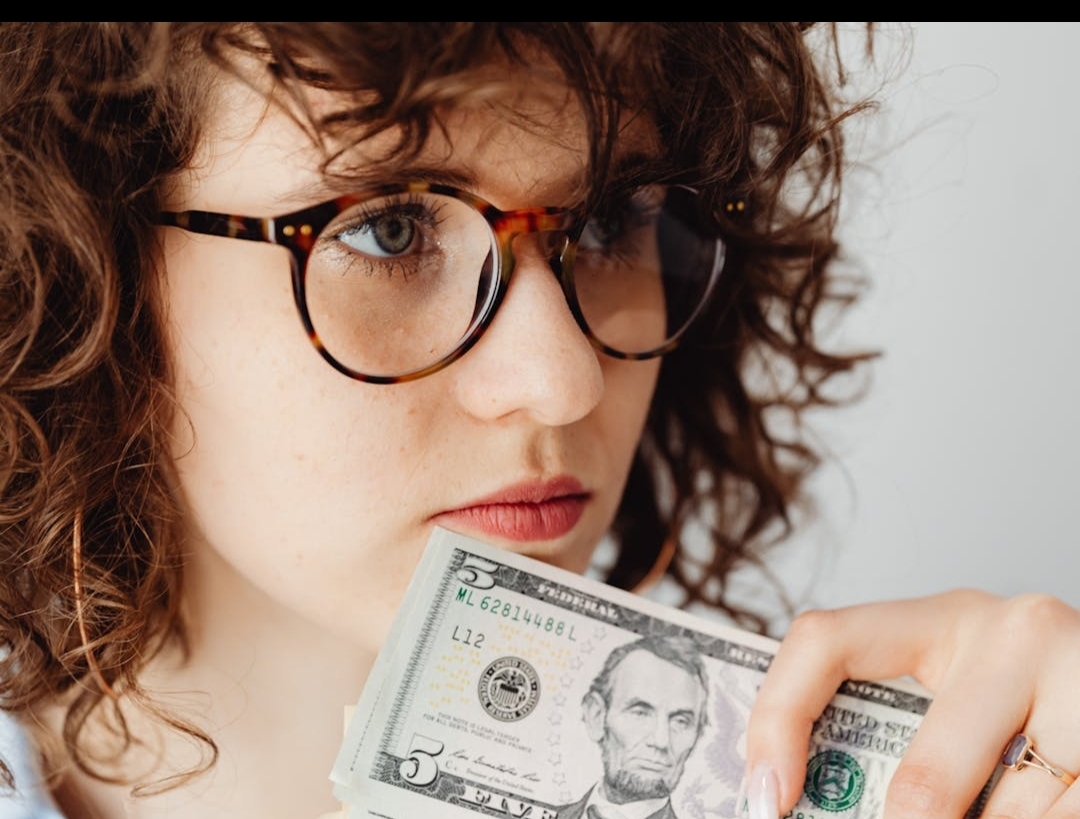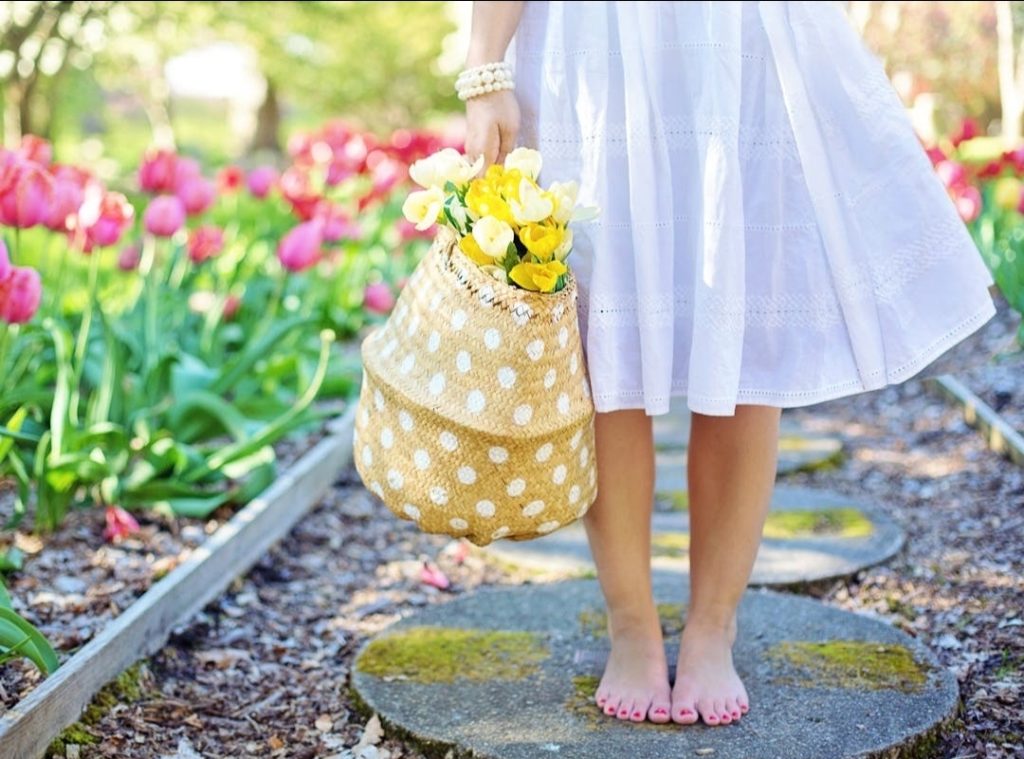Let’s be honest: in the age of consumerism, it’s nearly impossible to not waste money on things we don’t need.
Whether it’s having four different streaming subscriptions, getting the latest iPhone every two years, or buying a new beauty product when we’re still halfway through the old one, we are guilty in one way or another.
As someone who has spent over five years working in consumer marketing, I’m very aware of how much companies will try to convince you that you need their products, when often the need is completely invented by them.
World Savings Day is on October 31, and it’s a good reminder to think about how we can save by curbing our spending on products we don’t need. To start, here are five unnecessary things you should stop wasting your money on.
1. Products advertised on social media
We’ve all seen the Instagram ads and the sponsored posts made by our favorite influencers. These products are sold by companies with large marketing budgets who all understand that social media is a platform that drives impulse purchases.
Digital advertising isn’t cheap – this is budget that could have otherwise been allocated to a brand’s research and development. This should tell you that most products you see on social media are almost definitely overpriced compared to the rest of the market.
It’s also extremely hard to tell how genuinely good the product is when you see it online – influencers rarely offer authentic user testimonies, and genuine customers don’t tend to offer their actual experiences on a brand’s social media page.
If you’re interested in a product advertised on social media, first look for authentic user experiences shared on platforms like Reddit before you buy. Make sure you understand what other products are available on the market, and just what distinguishes the product you’ve seen from other cheaper options.
2. Complex beauty and skincare routines
The beauty industry has profited hugely by telling us that we need a million products for our skin and complexion.
Among the biggest culprits that have helped this industry grow are the beauty influencers who tout products used in their multi-step beauty routines on Instagram, TikTok or YouTube.
In the same vein as the point above, it’s important to be skeptical of influencer testimonials, especially given how lucrative they can be. There are so many beauty influencers out there who will promote products they were paid or gifted to talk about, regardless of whether they genuinely like the product. At the fear of losing business, they will rarely share their negative opinions on a product, even when it is not sponsored. This can skew our view of what our skin actually needs.
The truth is, adding more products to our beauty routine doesn’t always give us better results. Sometimes, less can be more.
If there is a skin condition you’re concerned about, whether it’s acne, rosacea or perioral dermatitis, then the best thing you can do is consult a dermatologist. Understand what your skin needs from a professional – not a company or its spokesperson.
3. Designer goods
Don’t get me wrong – I’m not advocating for you to stop buying designer goods. But make sure to ask yourself why you’re buying something before you fork out a chunk of money.
If you’re buying a product purely for its brand name, then this is not a worthwhile purchase. Brands often lose their value over time when they become too popular and overhyped. Simply cast your mind back to the intense rise and fall of Michael Kors in the early 2010s. In addition, high-profile luxury brands are also prone to losing their value overnight when they become entangled in controversy. Balenciaga, Yeezy, Alexander Wang, and many other brands will likely never be able to fully recover to the height of their pre-scandal adoration.
The bottom line is this: Make sure that you are purchasing a designer product you genuinely love, regardless of who made it. The fact that it just so happens to be made by a well-known designer should only be a bonus.
4. Fast fashion wardrobe staples
I’m not demonizing fast fashion – it can be fun to shop for trendy seasonable items that are also affordable. And you can enjoy shopping for clothes without contributing to the growing over-consumption of fast fashion. If you’re selective about what you buy, and you dispose of your clothes sustainably either by donating them to charity or selling them at thrift stores, then there’s nothing inherently wrong with purchasing clothes from fast fashion stores.
But when it comes to your wardrobe staples, it’s still important to pay for long-lasting quality. These are the clothes you’re wearing most days of the week, clothes that can easily wear down if they’re not made of sturdy material.
If, like me, you’re living in a city that experiences cold winters, make sure that you’re investing in a quality down jacket. Purchase clothes that are made of natural fibers that won’t irritate your skin, such as merino wool or cotton. Everyone should invest in a good pair of shoes, whether it’s a pair of boots made of genuine leather or a pair of trainers that offer great ankle support.
Quality generally equals longevity, so save yourself the cost of constantly replacing your wardrobe staples when you purchase cheaper and poorer-quality items.
5. Coffees and smoothies
Who doesn’t love going on a coffee break in the middle of work, or dropping by a smoothie bar in the morning on a weekend?
These drinks may give us temporary rewards of dopamine boosts, but their cost also often adds up without our noticing.
The cost of coffee has increased significantly over the past few years, and cafes like Starbucks will upsell a simple cup of coffee by offering expensive drinks that are loaded with sugars and flavorings.
And then there are smoothies. Smoothies are marketed to us as a healthy alternative to other sweet drinks, but the truth is that they can have just as much sugar as a can of soda. The natural fibers in the fruits which could have helped you digest the sugars have also already been broken down in the blending process.
Next time you feel the urge to buy a drink, ask yourself why you want it so badly.
If you enjoy the ritual of taking a break and going for a walk to a café or smoothie bar, why not simply walk to a grocery store?
If you’re having a coffee for the caffeine boost, why not look into making yourself a tea instead? A pack of tea sachets can cost just as much as one coffee and can also be healthier without the added processed ingredients.
If you’re craving something juicy and sweet, why not buy yourself some fruit from the grocery store? Whole fruits are usually cheaper to buy and are healthier with the added fiber content.
Try skipping your cafes and sweet drinks for a month, and you may be surprised at how much you manage to save.
Her Nexx Chapter invites you to join our free Community where women from around the world are connecting with each other’s stories, exploring different experiences, and transforming ideas.
The Future of Connection for Women








0 Comments